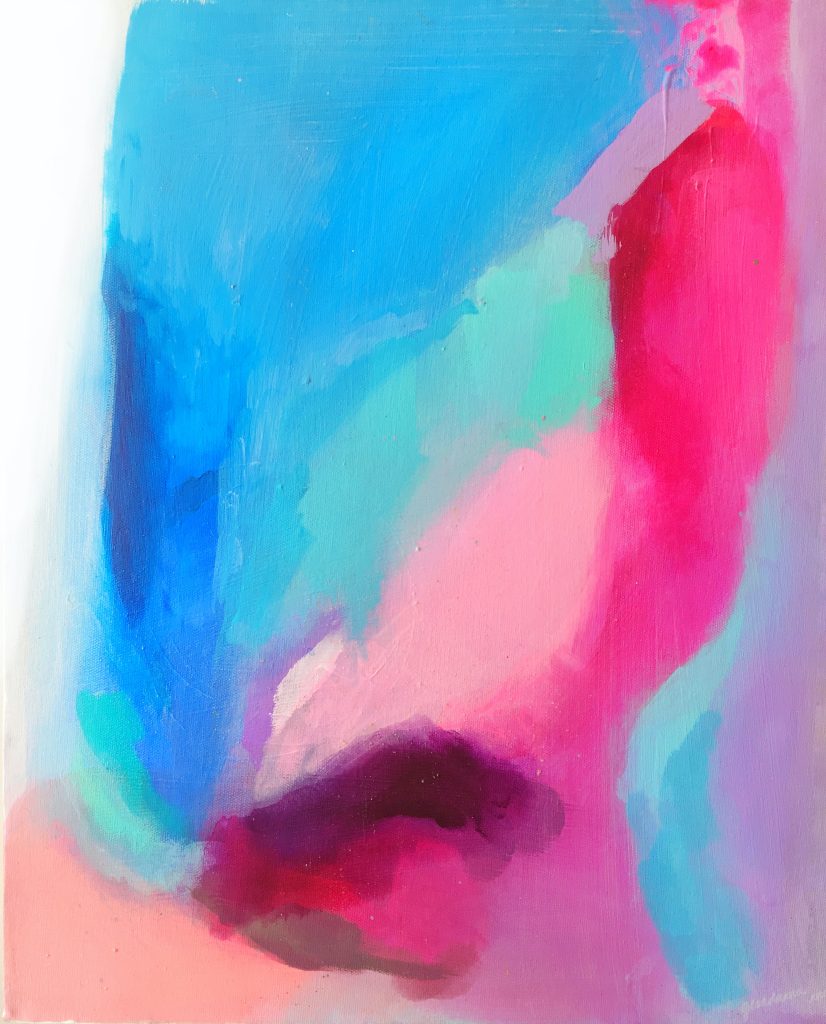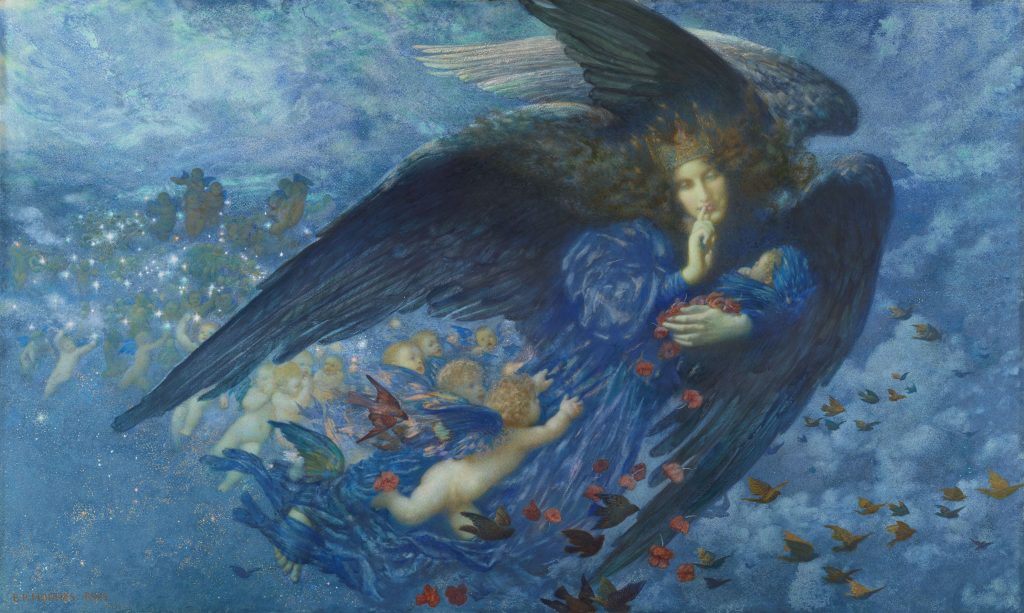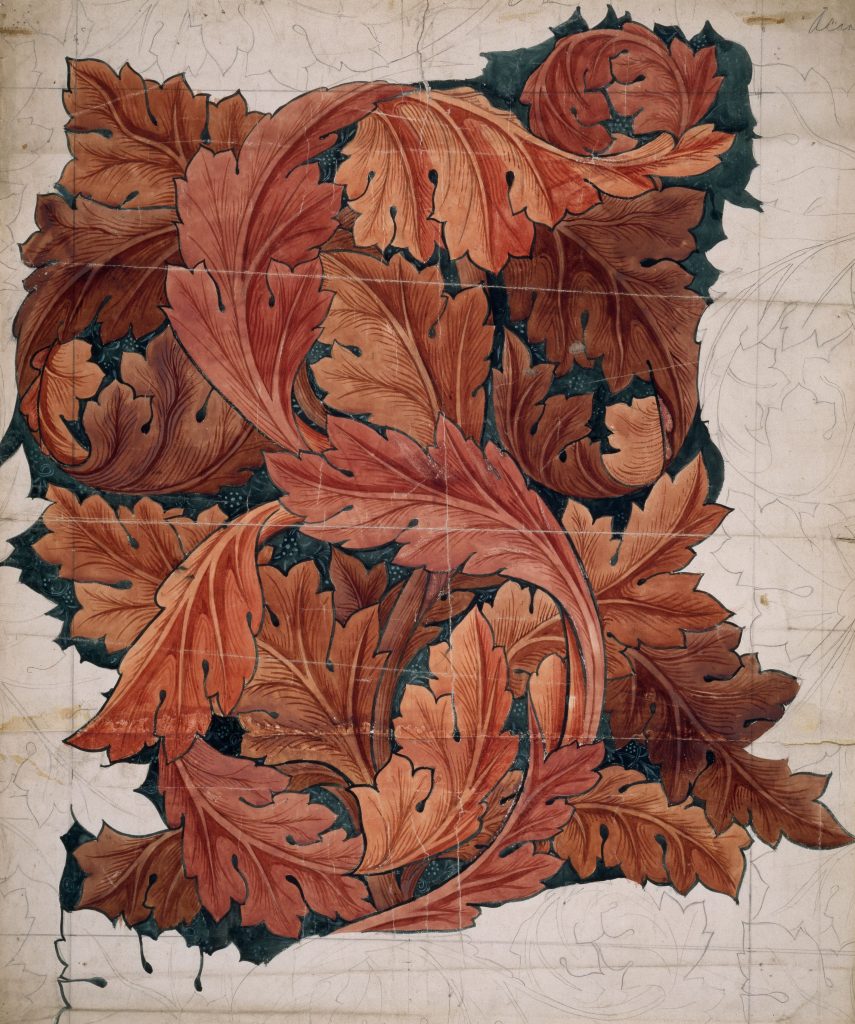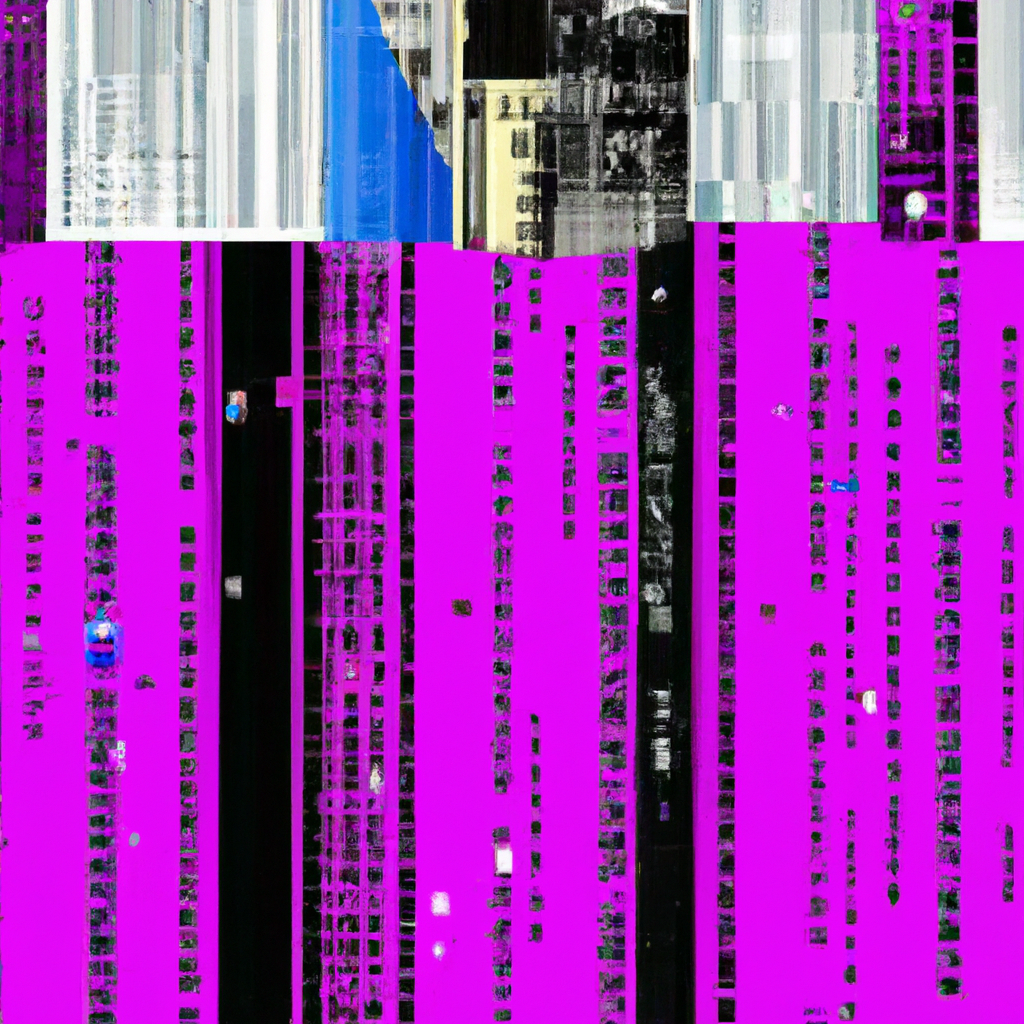Imagine a world where you can create pictures in your mind and bring them to life with just a few clicks. Well, that’s exactly what DALL-E 2 is all about! This groundbreaking technology uses advanced algorithms to generate stunning, high-resolution images based on textual descriptions. Whether you want to visualize a mythical creature or design your dream car, DALL-E 2 has got you covered. So, buckle up and get ready to explore the exciting world of DALL-E 2, where imagination knows no bounds!

What is DALL-E 2?
DALL-E 2 is an improved version of the original DALL-E model, which is a groundbreaking AI system developed by OpenAI. This model has the capability to generate unique and high-quality images based on textual descriptions. DALL-E 2 has taken this innovation to the next level, with enhancements in training data, techniques, and its ability to scale up to larger models.
Introduction to DALL-E
Creating images from text
DALL-E revolutionizes the way we create images by combining the power of deep learning and generative models. Instead of relying on traditional methods of image creation, which involve manual human effort, DALL-E generates images solely based on textual descriptions. By understanding the underlying concepts and abstract representations of these descriptions, DALL-E can create visual representations that align with human understanding.
DALL-E’s capabilities
The original DALL-E model had impressive capabilities in terms of generating images from text, but DALL-E 2 takes this even further. It can create complex and detailed images from even more diverse and specific textual prompts. DALL-E 2 can visualize abstract concepts, generate surreal scenes, and transform textual descriptions into vivid and realistic images.
The original DALL-E model
The original DALL-E model was trained on a dataset consisting of various images and their corresponding textual descriptions. By learning the relationships between the text and image pairs, the original model could generate new images based on textual prompts. However, DALL-E 2 builds upon the original by introducing advancements and improvements that enhance its capability to generate more diverse and realistic images.
DALL-E 2: The Improved Version
Enhancements and advancements
DALL-E 2 boasts several enhancements and advancements compared to its predecessor. It has been trained on a larger dataset, encompassing a wider range of images and textual descriptions. This expanded training data allows DALL-E 2 to better understand the nuances and complexities of different concepts, leading to improved image generation abilities. Additionally, the underlying AI algorithms and techniques employed in DALL-E 2 have been refined and optimized, resulting in more accurate and detailed image outputs.
Training data and techniques
The training data used for DALL-E 2 consists of a massive collection of diverse images paired with textual descriptions. By analyzing this vast amount of information, DALL-E 2 can learn the complex relationships between visual features and textual representations. OpenAI has also utilized advanced training techniques, such as pre-training on large-scale datasets and fine-tuning on specific domains, to further enhance the performance of DALL-E 2.
Scaling Up and Larger Models
Increased model size
DALL-E 2 introduces the ability to scale up its model size, allowing for even more powerful image generation capabilities. By increasing the model size, DALL-E 2 can learn more intricate details and capture a wider range of visual concepts. This enables the generation of more realistic, intricate, and nuanced images based on textual descriptions.
Challenges and benefits
While scaling up the model size offers numerous benefits, it does come with its own set of challenges. Larger models require more computational resources and longer training times, making them demanding to train and deploy. However, the benefits of scaling up, such as increased image quality and diversity, make it a worthwhile trade-off for researchers and developers who seek to push the boundaries of generative AI.

Applications of DALL-E 2
Artistic generation and creativity
DALL-E 2 has significant implications for artistic generation and creativity. It enables artists and designers to express their ideas visually by simply describing them in text. This technology sparks new possibilities for creating unique artwork, illustrations, and designs. Artists can explore surreal concepts, create visual metaphors, and generate imagery that pushes the boundaries of human imagination.
Design and architecture
DALL-E 2 has the potential to transform the design and architecture industries. Architects and designers can now communicate their visions through textual descriptions and generate realistic representations of their concepts. This streamlines the design process, allowing for quicker iterations and facilitating better collaboration between different stakeholders. DALL-E 2 can help bring architectural and design ideas to life faster and more accurately.
Product and fashion
The fashion and product industries can benefit greatly from DALL-E 2’s capabilities. Designers can describe their ideas for clothing, accessories, or other products, and DALL-E 2 can instantly generate visual representations that match their vision. This speeds up the design process, enabling designers to explore numerous possibilities and make more informed decisions. It also allows for virtual prototyping and rapid visualization of product ideas before physical production.
Medical and scientific fields
DALL-E 2 holds great potential in the medical and scientific fields. Researchers and doctors can describe intricate medical conditions or scientific phenomena, and DALL-E 2 can generate detailed visualizations to aid in understanding and communication. This can facilitate the sharing of complex ideas, improve medical education, and enhance scientific presentations. DALL-E 2 has the potential to revolutionize the way medical and scientific concepts are visualized and shared.
Ethical Considerations
Potential misuse and impact
As with any powerful technology, DALL-E 2 raises concerns about potential misuse and the ethical impact of AI-generated content. The ability to generate highly realistic images from textual prompts can have implications for various industries, including fake news, misinformation campaigns, and malicious content creation. It is crucial to develop safeguards and guidelines to prevent misuse and ensure responsible use of the technology.
Bias and fairness
DALL-E 2’s image generation capabilities are based on the data it was trained on. If the training data contains biases or lacks diversity, these biases may be reflected in the generated images. It is important to address and mitigate these biases to ensure fairness and inclusivity in image generation. OpenAI and other organizations must actively work towards diversifying and improving data collection methods to reduce biases in AI-generated content.
Understanding AI-generated content
As AI models like DALL-E 2 become more advanced, it becomes essential for users to distinguish between human-generated and AI-generated content. Consumers need to be aware that the images they encounter online may not be created by humans, but rather by algorithms. This understanding is crucial for avoiding potential misunderstandings and ensuring responsible consumption of AI-generated content.

Limitations and Challenges
Dataset and concept limitations
DALL-E 2’s ability to generate images is limited by the dataset it was trained on. If a concept or visual representation is not adequately present in the training data, it may struggle to accurately generate images related to that concept. Moreover, concepts that are too abstract or ambiguous may pose challenges for DALL-E 2, as they lack concrete visual references in the training data.
Generating unsafe or harmful content
There is a risk that DALL-E 2 could be used to generate unsafe or harmful content, such as explicit or violent imagery. This highlights the importance of responsible development and deployment of AI technologies. Stringent measures, including content filtering algorithms and ethical guidelines, should be implemented to prevent the misuse of DALL-E 2 or any similar AI systems.
Data privacy and security
Training AI models like DALL-E 2 requires access to vast amounts of data, including images and textual descriptions. Ensuring the privacy and security of this data is of paramount importance. Organizations must adopt robust data privacy and security measures to protect individuals’ information and prevent unauthorized access. Striking a balance between utilizing data for training purposes and safeguarding privacy is crucial.
Response and Reception
Public and industry response
The introduction of DALL-E and its subsequent improvement in the form of DALL-E 2 has garnered significant attention and excitement from both the public and industry professionals. The groundbreaking nature of this technology has sparked discussions on its potential applications, ethical considerations, and the future of AI-generated visual content. The public and industry response has been largely positive, with a keen interest in exploring the possibilities and implications of DALL-E 2.
Artistic community’s perspective
The artistic community has shown particular interest in DALL-E 2’s capabilities. Many artists see it as a tool to enhance their creative process, spark new ideas, and challenge traditional artistic mediums. However, there are also concerns about the potential impact on the uniqueness and value of human-created art. The artistic community’s perspective on DALL-E 2 is nuanced, with both excitement about its potential and cautiousness about its implications for artistic expression.

Future Directions and Implications
Advancements in generative models
DALL-E 2 represents a significant leap forward in generative models, but further advancements are on the horizon. Researchers and developers are exploring techniques such as unsupervised learning, reinforcement learning, and transfer learning to enhance the capabilities of AI models. Future iterations of generative AI systems hold the promise of even more sophisticated image generation and broader applications.
Impact on various industries
The impact of DALL-E 2 and similar technologies on various industries is expected to be substantial. From design and fashion to healthcare and entertainment, AI-generated visual content can streamline processes, enable rapid prototyping, and enhance communication. The integration of AI-generated content in these industries has the potential to revolutionize workflows, increase efficiency, and drive innovation.
Long-term prospects and challenges
Looking ahead, the long-term prospects of DALL-E 2 and its successors highlight both immense possibilities and challenges. Pushing the boundaries of generative AI raises questions about the future role of human creativity, the implications for copyright and intellectual property, and the ethical considerations surrounding AI-generated content. Addressing these challenges and finding the right balance between human and AI collaboration will be key to maximizing the benefits of DALL-E 2 and ensuring its responsible use.
Conclusion
DALL-E 2 represents a significant advancement in the field of generative AI. Its ability to generate high-quality images from textual descriptions opens up new possibilities across various industries, from art and design to medicine and science. While there are ethical considerations and challenges to be addressed, the potential for innovation and creativity that DALL-E 2 offers is undeniable. As AI technology continues to advance, it is crucial to foster responsible development and use of these tools to harness their full potential for the benefit of society.










